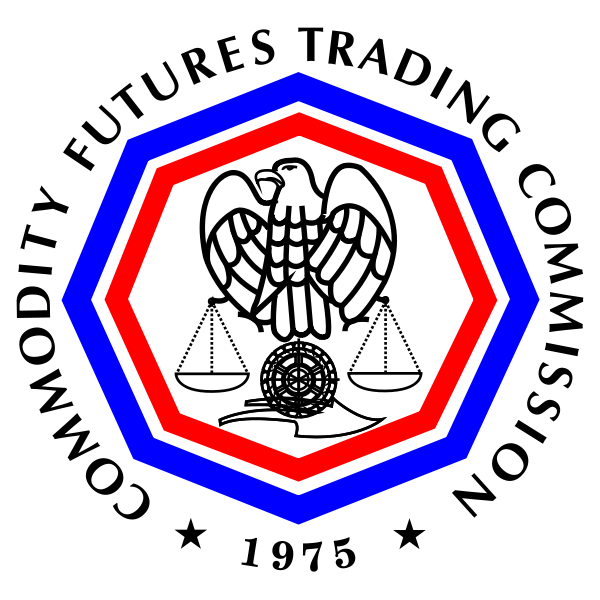
No new swaps have been mandated to trade on SEFs since the original determinations were made two years ago. The CFTC recently called a panel to understand why and what they should do to change the logjam we are in the middle of now. We were pleased to be asked for our thoughts on the topic by the CFTC by participating in a panel discussion in Washington. The following is my opening statement presented to the CFTC on July 15th.
Current State
Before we discuss ideas for change, I think it is important to first examine more closely how far we’ve come in the past five years. In 2010, interviews with over 100 US based investors trading interest rate swaps revealed that 17% of them were trading at least some of their volume electronically. In volume weighted terms this amounted to 9% of notional volume traded. The rest of that volume, of course, was traded via the phone, instant messages and email.
Fast forward to 2015. Our latest data which was finalized last month paints a pretty amazing picture of change. The 17% of investment firms trading some volume electronically in 2010 has jumped to nearly two thirds in 2015. Looking at asset managers specifically the increase is even greater, now up to three quarters of firms. To further that story, 60% of client trading by notional volume is done electronically today up from 9% in 2010.
The transformation of the CDS market is even more stunning. Five years ago less than 10% of investor trading volume in investment grade index CDS was done electronically. Today, that number has jumped to an astonishing 93%. That is the highest rate of electronic trading reported in any market that we cover, including markets known for their electronic trading like equities and spot FX.
The result of this change is a market with increased price transparency, more competition amongst liquidity providers and increasingly better execution quality for investors. And while the trade lifecycle has become more complicated, the automation and risk reduction is proving worth it. So while we’re here today to talk about improving the process, let’s not lose sight of how far we’ve already come.
The first MAT round
Further expansion of SEF trading is inevitable, but it will unnecessarily slow if the current made available to trade process remains as is. The first MAT submission was expansive; looking primarily at what was already clearable rather than what was already trading in an active way on screen. While this approach seemed logical on the surface, market participants quickly revolted, claiming it was trying to move too far too fast – and it probably was.
But the industry’s reaction served to discourage other SEFs from pushing the envelope with their own submissions for fear that trading would either leave or never come to their platform. As such the MAT submissions that followed were scaled back to a more manageable level and close copies of one another, the SEFs feeling safety in numbers. They targeted products that were already trading on screen and as such would provide for a more organic move to mandatory SEF trading. Clients of the SEFs knew something had to be MATed, and saw these narrower submissions as a workable solution given their previous experience trading these products electronically.
In the months since as we’ve seen SEF trading grow and investors become increasingly comfortable interacting with the Street electronically, conflicting interests have continued to ensure that MAT submissions will occur infrequently if they ever occur at all. While we are in general a fan of allowing natural market forces to drive change, the uncertainty created by a jammed up MAT process can act to slow progress that might have otherwise occurred naturally.
The original assumption was that SEFs would want as much mandated for trading as possible given most derive revenue from volume, and so would make as many swaps available for trading as possible. The reality however is that as any good business owner would do, the SEFs don’t do what they want but instead what is best for their customers. So while both the buy and the sell side have adapted well to electronic trading in some interest rate swaps and index CDS, they’d still prefer to make method of execution decisions on their own rather than being told what to do.
To some extent this organic approach to electronic trading growth works, with the FX derivatives market as a prime example. Greenwich data shows that clients traded about one quarter of their FX options electronically in the past year and about one third of their non-deliverable forwards electronically. Both products fall under the CFTC’s oversight of course, but neither has yet to be mandated for clearing or SEF trading. Nevertheless electronic trading in both is growing, with investors telling us they plan to do even more electronically next year.
But while organic adoption of e-trading works, the timetable for adoption is considerably longer than for a product mandated for SEF trading. As such, we believe that the CFTC should take control of the MAT process, deciding which products should receive SEF trading mandates, using an approach similar to the one used to make clearing determinations.
A set of metrics should be agreed upon to make these determinations, including current rates of e-trading adoption for instance. The impact on the current market functioning must also be closely examined. For instance, if NDFs were mandated for clearing and SEF trading would significantly increase in costs associated with those requirement cause market participants to leave the market all together? The impact on packaged transactions should also be accounted for, with our experience over the past few years in the rates market as a guide.
Lastly, industry input should also be taken into account, particularly from liquidity providers, investors and the swap execution facilities themselves. Allowing the CFTC to make the final determination as to what must be traded on SEF would take the existing conflicts out of the process and allow the implementation of Dodd-Frank to continue on at a reasonable pace. And as we move forward, let’s not forget the benefits already gained from mandatory clearing trading and work together to ensure those benefits grow.

